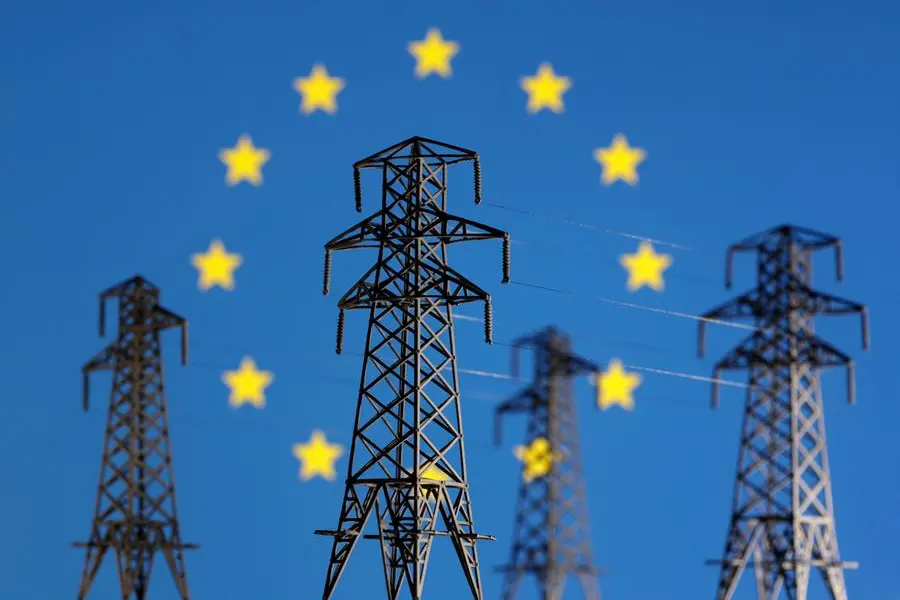PHOTO
The EU's energy commissioner Kadri Simson announced on Tuesday an action plan to overhaul its 40-year old electricity infrastructure to meet new renewable energy demands as the energy transition speeds up.
Electrification of transport along with the hooking up of new offshore wind farms and solar plants are among the myriad of projects planned for coming years to connect to the bloc's power market.
The Commission expects EU power demand to rise 60% from this year until 2030 with more industry, home heating, cars and some hydrogen projecting adding to the mix.
"Networks will also need to integrate a large share of variable renewable power," the Commission said in the plan.
"Grids needs to adapt to a more decentralised, digitalised and flexible system with millions of rooftop solar panels and local energy communities sharing resources."
The Commission said that cross-border infrastructure between member states should double in the seven years. In total, the Commission estimates 584 billion euros ($637 billion) will need to be spent on the upgrades, as previously reported by Reuters.
In wattage, this translates to an increase of 64 gigawatts (GW) by 2030 of cross-border transmission with an initial aim of adding 23 GW by 2025. The 27-member bloc has 93 GW of cross-border power connectors.
The Commission also announced 166 new projects of common interest (PCI) with the majority in electricity and hydrogen. Being on the list is a precondition for projects to apply for EU funding in 2024.
"Having the right infrastructure in place is the last piece of the puzzle," Simson told reporters
Half of the projects will modernise and better connect power networks and add new energy storage facilities, as well as cover 12 offshore projects in the North Seas, Baltic Sea and the Atlantic.
"We have the very disturbing kind of experience of processes running up 10 years," an EU official said.
"Somebody needs to build these things that we keep talking about and bring these stakeholders together. Standardisation is a good topic, if there is a good understanding so that the 2,500 (power) distribution companies will not one-by-one invent the wheel."
The official said implementation of the grid action plan should begin in 18 months. (Reporting by Julia Payne; editing by Robert Birsel)





















